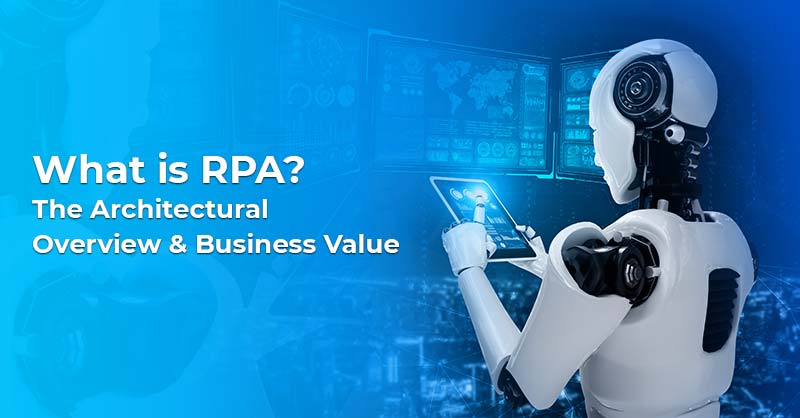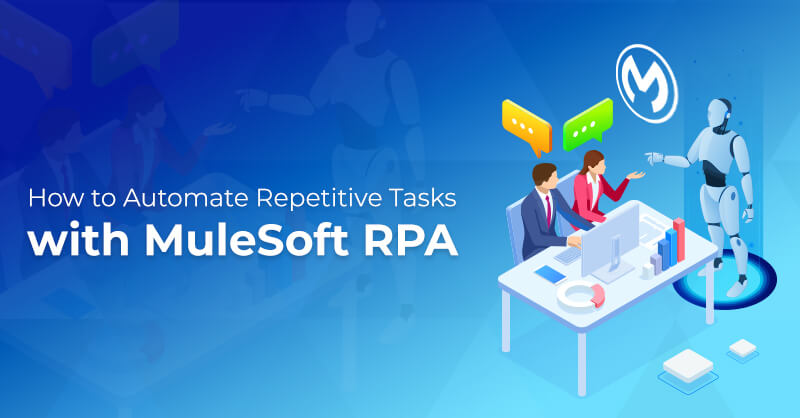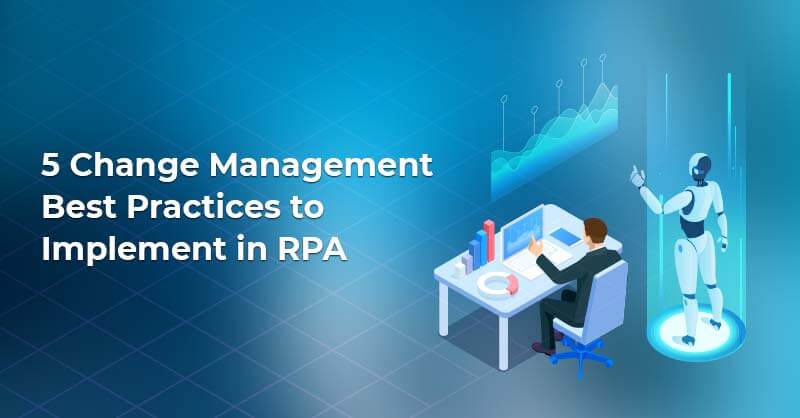Streamlining Process Discovery and Optimization in RPA
Written by Asif Hussain
Practice HeadThe competition we see today in the corporate world was never like this before. As a result, organizations are on their toes to pursuit innovation and excellence. Automation is one promising front that has a lot to offer to businesses. Organizations are heavily automating their manual processes and already have started their RPA journey. Their goal is to pace up and scale up the automation program and achieve the most with minimum resources and infrastructure changes.
Strategies to Scale-up RPA Program
The two most common strategies for scaling up RPA programs are;
Wide & Shallow
In this strategy, we go wide and shallow across different processes organization-wide; for example, in insurance, we can target underwriting, servicing, renewals and claims or different departments like operations, call center, finance, actuarial and IT.
Choosing quick wins and processes that will improve customer satisfaction and return on investment can be a good choice. However, this has the power to create a positive image of the program organization-wide, which can reduce traction towards the program from a human as well as monitory angle.
Narrow & Deep
In this approach, we go narrow and deep within a selected process or department. When going narrow and deep, organizations increase the level of automation within the business process by applying RPA to more steps.
This strategy can be useful to target a mission-critical process for an organization to automate every aspect of a process.
Approaches to Scale Automaton Enterprise Wide

3Ps to Pace-up RPA Program
Over the years, through dozens of automation programs that we have run, we learned the importance of three focus areas that we call the 3 Ps of the Automation Program. These Ps are key to achieve optimum performance in the automation journey.
Focus Areas to Pace-up RPA Program
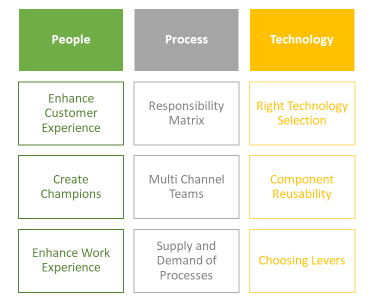
People
Build automation to enhance and improve customer experience. A customer for your automation can be an employee or an actual customer of the organization.
Focus on creating champions and experts within different departments to create a positive image of the RPA program organization-wide and to have people who understand RPA help from within the department.
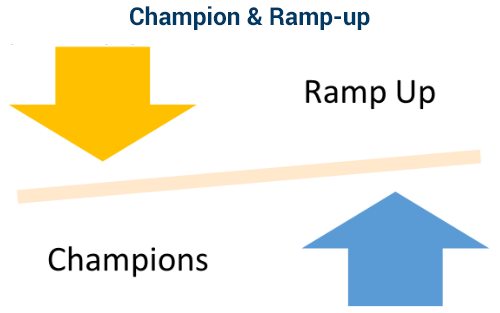
Process
Design and implement an assembly line approach for automation; different teams and team members should work in parallel on different aspects of the automation to have things done quicker and more accurately.
Automation Assembly Line

Designing an organization-wide role matrix for the complete automation program or its subcomponents or processes really helps in making teams clearly understand their role and responsibilities.
Organization-wide Role Matrix
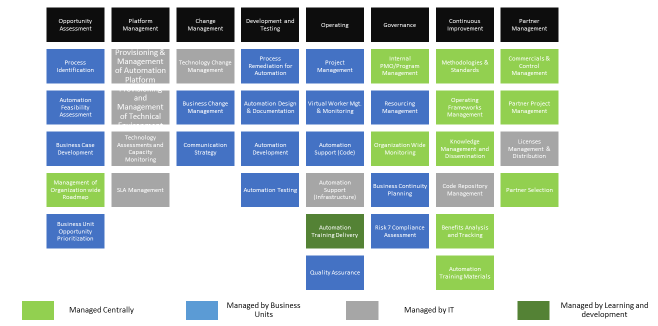
Product
As we have been listening that ‘Necessity is the mother of invention’, it is not always the case; sometimes, our understanding of necessity is locked by the technologies we know. Automation experts can help organizations assess and suggest products and tools from different areas like mobility, analytics, RPA, Chatbot, machine learning, Intelligent Voice Agents, Intelligent Document Processing, blockchain, DevOps etc.
Choosing the right products or tools for the right part of automation is key to success. It also helps in using the prebuilt components pivotal for faster delivery. Technology consulting companies like us can help you understand the right product for the required job and get the best return on investment in the shortest amount of time.
Technology Levers that can Help

The automation journey for any organization can have multiple stages; needs and strategies for each organization can be slightly or even significantly different. RPA is increasingly becoming an enterprise-level opportunity. Deloitte reports that the positive experience reported by many organizations with function-specific RPA programs prompted 64% to reimagine automation as a broader strategic initiative, up from only 15% the year before. Speeding the payback period brings the momentum you need to grow your RPA program, providing an innovation advantage that can help your business grow during post-pandemic challenges.
Summary
Explore how recent and emerging technology trends provide organizations with an opportunity to rethink their approach to automation to thrive in fast-moving markets. Smart Process Automation has huge potentials to enable organizations to become up-to-date and to deliver benefits including efficiency, transparency, and reliability.
Wondering how you can make RPA part of your DX strategy?
Consulting organizations can help you better by listening to your specific story and objectives. Contact us to have a free consultation appointment with our automation experts. You can email us at [email protected] or visit www.royalcyber.com.

